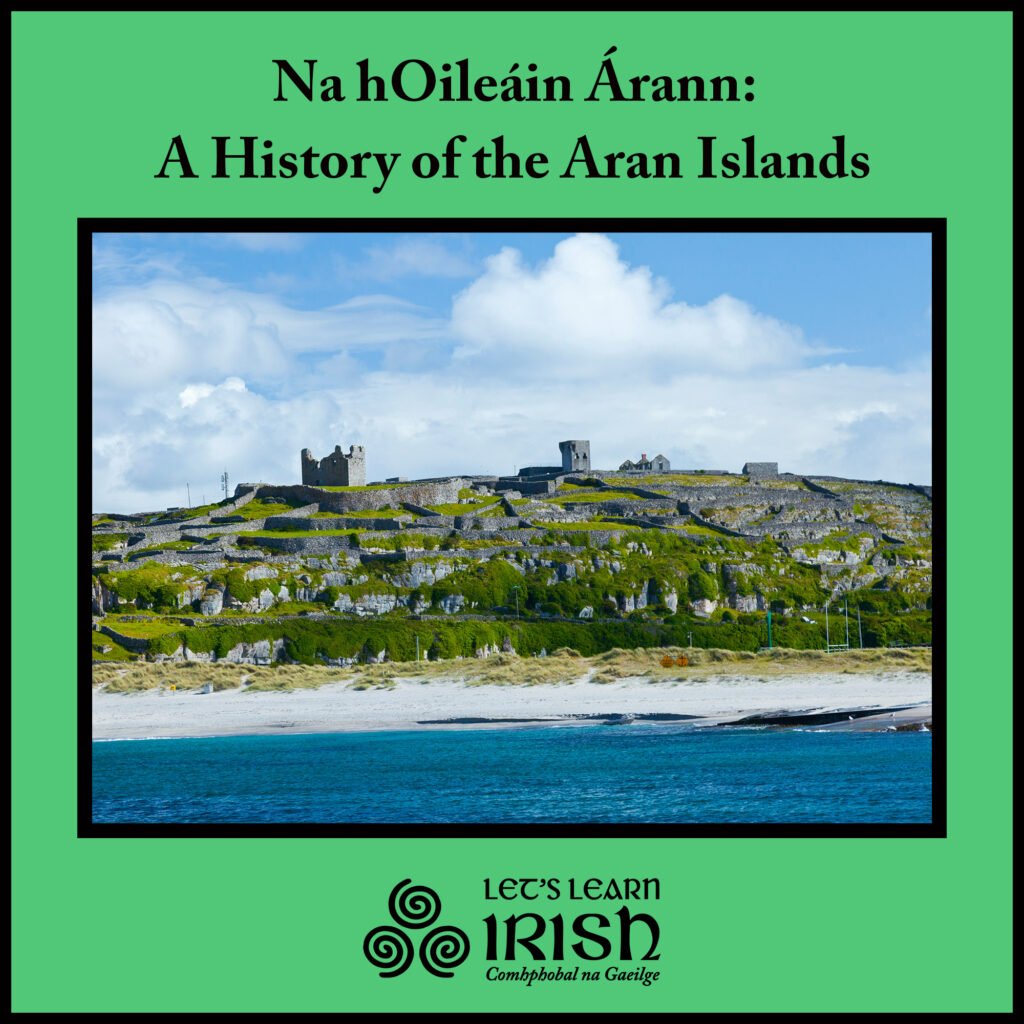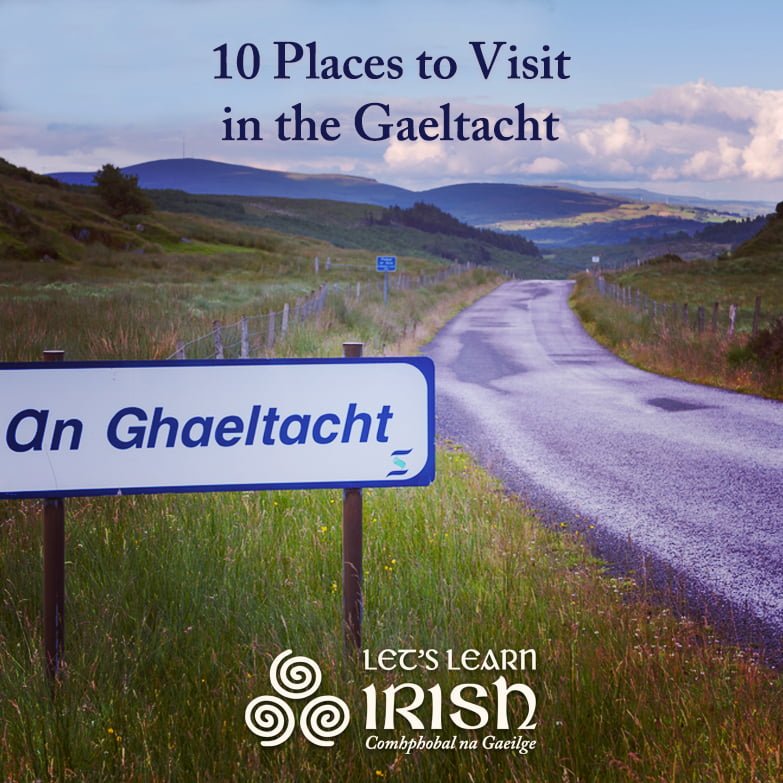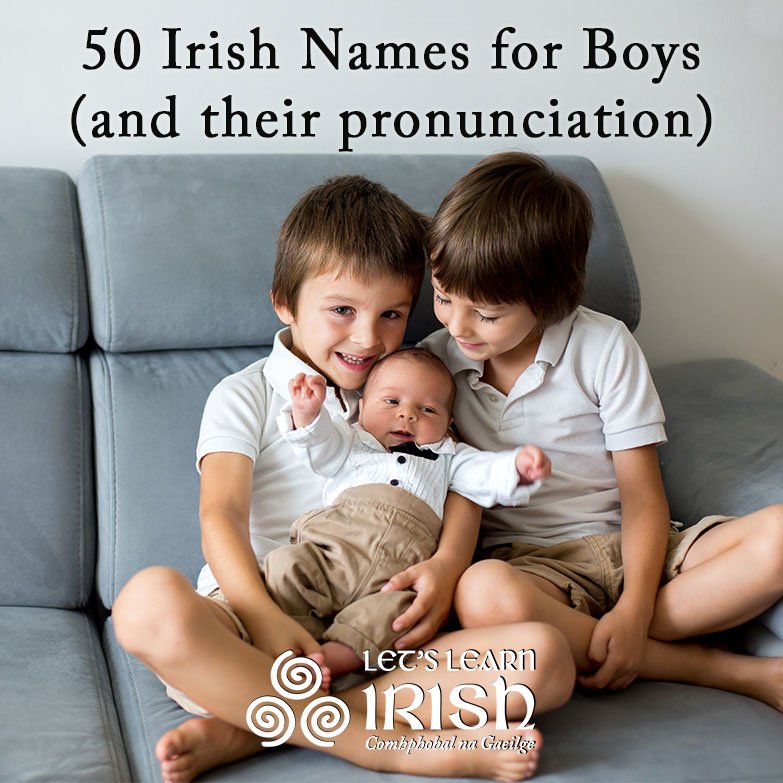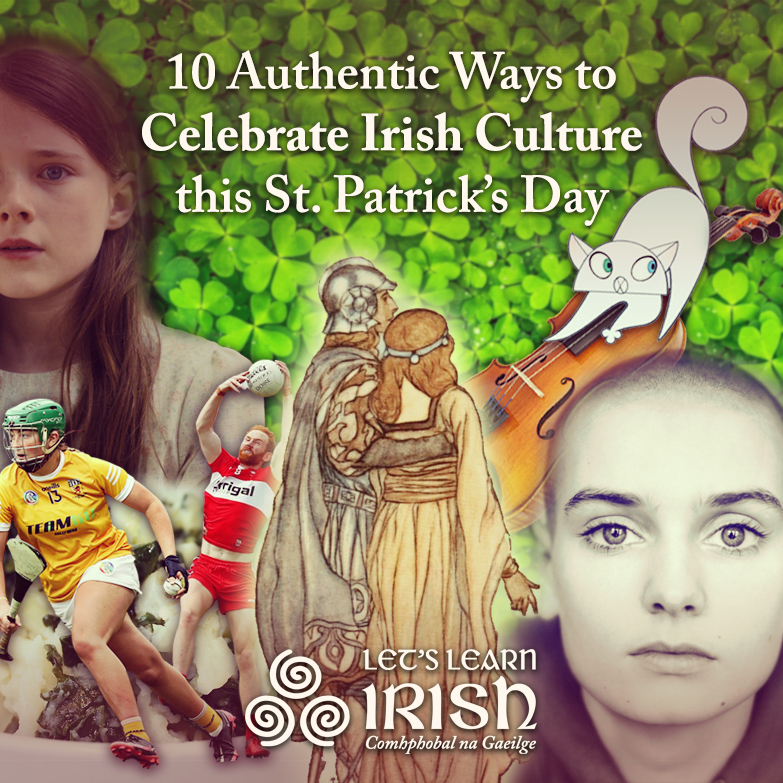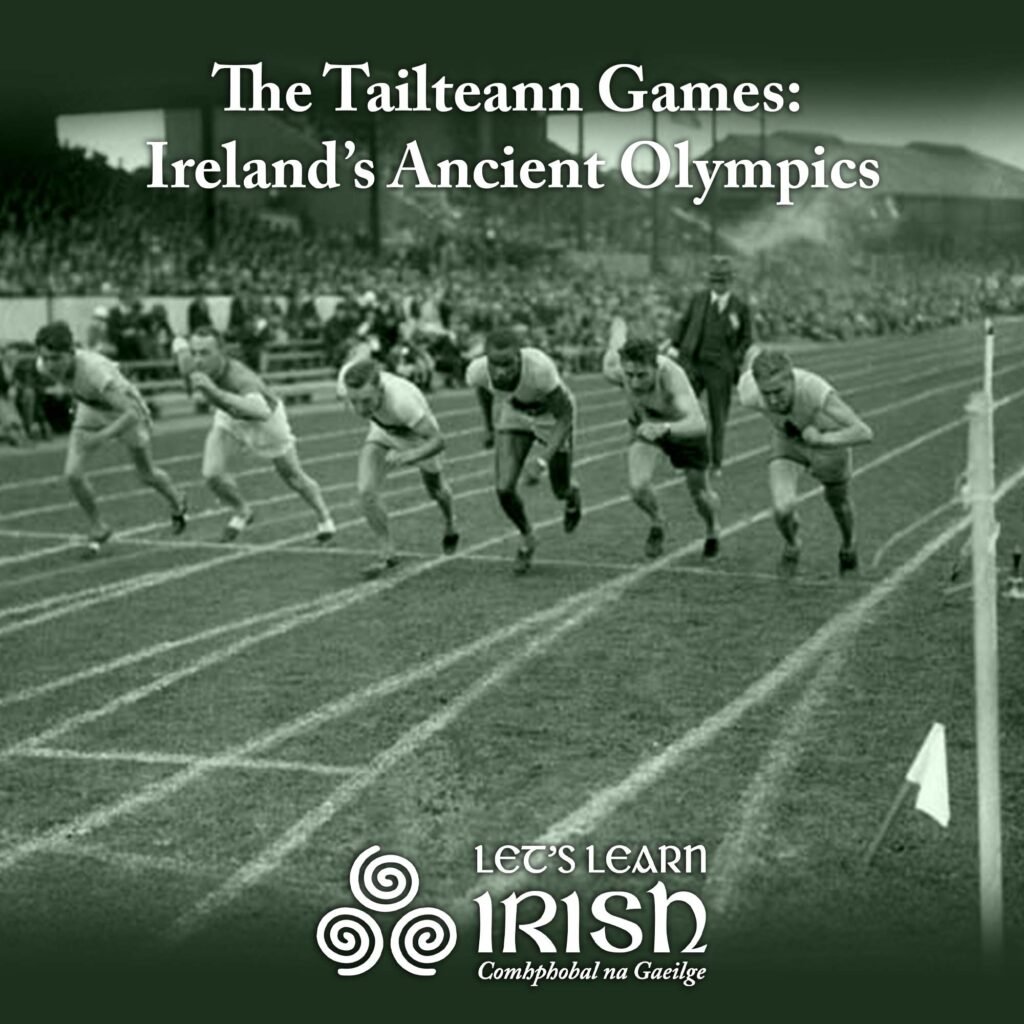Getting a Gaelic Tattoo
 Many people have found it easy to feel connected to Ireland. As an island of open, welcoming people that uphold a distinct and rich culture, there’s a lot to like about the country. More than that, it is estimated that 50 to 80 million people in the world have Irish heritage—a remarkable influence for a small island. Even those who can’t trace their ancestry to the Emerald Isle may have very well visited and created long lasting memories there. All this is to say that there are a lot of reasons someone may consider getting a Gaelic tattoo.
Many people have found it easy to feel connected to Ireland. As an island of open, welcoming people that uphold a distinct and rich culture, there’s a lot to like about the country. More than that, it is estimated that 50 to 80 million people in the world have Irish heritage—a remarkable influence for a small island. Even those who can’t trace their ancestry to the Emerald Isle may have very well visited and created long lasting memories there. All this is to say that there are a lot of reasons someone may consider getting a Gaelic tattoo.
Still, getting an Irish tattoo, regardless of size and design, is no small decision. While it can be a great celebration of something important in your life, as well as an aesthetically appealing addition to your appearance, its (rather) permanent nature means that it shouldn’t be done in haste. Instead, it’s worth taking a little time to understand your own reasons behind getting the symbol or text, to be certain you’ll be happy with your choice, and perhaps even more important: to make sure you’re getting the Irish language right!
To guarantee you’re ready for getting a Gaelic tattoo, we’ve compiled a list of do’s and don’ts, as well as symbols commonly associated with Ireland. First, however, it doesn’t hurt to explore your motivation for getting inked—if only because it’s a question you’ll often be asked afterwards.
Reasons for Getting a Gaelic Tattoo
The Irish tattoo is one of the most popular requests in a tattoo parlor, and for good reason. The Gaelic culture is replete with powerful images that hold a history of meaning behind them, from the Celtic cross to the Celtic knot and many other symbols. Additionally, the Irish language is ripe with insight and witticism, making it easy to find words to live by.
A Gaelic tattoo is a visual tribute to a connection you feel with Ireland. Perhaps you have the Celtic culture in your blood, or you’ve visited Ireland and made meaningful memories there. It might be that you have studied the Irish language and want to celebrate what it means to you. Regardless of what brought you to this decision, here are a few things to keep in mind to make sure that you are always happy with your tattoo.

Tips for Getting a Tattoo in Irish
Here are just a few things to keep in mind before booking your appointment with the parlor. Although a few of them may seem like common sense, it doesn’t hurt to conduct a little due diligence.
1. Sit on the Decision for a While
I know I sound like your mother, but it comes from experience.
Here’s my story: Once, at the age of twenty, I woke up and decided I would do something I swore to myself I would never do. Hence, I got a tattoo. All these years later, I don’t regret having a tattoo on my body—but I do wish it was a different tattoo.
All good ideas remain good ideas with time. Give yourself a few weeks, or even a few months, to let your decision of getting a Gaelic tattoo settle. Ask a few friends for their opinions. Seeing your choice of design and text through someone else’s eyes can also lend clarity.
2. Don’t Do a Word-for-Word Translation
Unless you want to risk becoming another internet meme, best not to rely on Google Translate to turn an English phrase into Irish. Expressions and idioms usually cannot be transferred verbatim from one language to another. Even something as simple as “Live Laugh Love” has gone horribly wrong when translated online word for word. One person inked it as “Beo Gráire Grá,” which more closely means “alive laughing stud horse.”
3. Verify your Text with Multiple Sources
Another reason to give yourself time between the conception and inking of your tattoo is to make sure you have time to check its accuracy. Some tattoo parlors recommend verifying text in another language with at least three trustworthy sources, whether an online translator or a native speaker. Keep in mind, however, that even native Gaeilgeoirs can get things wrong—hence the need to ask for several opinions.
4. Ask Irish Speakers for their Suggestions
Speaking of Gaeilgeoirs, even if you’re confident that the text is accurate, it may be worth asking Irish speakers what they think of your proposed tattoo. Sometimes they may come up with an alternative for the phrase or idiom that you might like better, or one that is more authentic or unique. Sometimes they may even know other interesting symbols or iconography that expresses something similar to your original intent.
5. Enrich Yourself in Irish “Seanfhocal”
 If you’re getting a Gaelic tattoo, the best way to come up with an idea may be to start in the Irish language itself. Rendering a saying from another language into Irish may create a phrase not commonly used as Gaeilge. For example, a literal translation of “There’s no place like home” would be Níl aon áit cosúil leis an baile. However, the Irish are much more likely to say Níl aon tinteán mar do thinteán fhéin, which more directly translates as ‘There’s no fireplace like your own fireplace’.
If you’re getting a Gaelic tattoo, the best way to come up with an idea may be to start in the Irish language itself. Rendering a saying from another language into Irish may create a phrase not commonly used as Gaeilge. For example, a literal translation of “There’s no place like home” would be Níl aon áit cosúil leis an baile. However, the Irish are much more likely to say Níl aon tinteán mar do thinteán fhéin, which more directly translates as ‘There’s no fireplace like your own fireplace’.
Irish proverbs, or seanfhocal (meaning “old words”) arise from the culture itself to offer wisdom. In fact, you may find that they authentically express a sentiment important to you. Some examples include Maireann croí éadrom i bhfad (A light heart lives a long time) or, to honor a partner, Giorraíonn beirt bóthar (Two shorten the road).
For a list of great expressions in Irish, as well as their pronunciations, check out our article “What Makes a Great Seanfhocal?”

Classic Irish Symbols
Here are five of the most common Irish symbols that may be useful in brainstorming what to get—or not to get—for your Gaelic tattoo.
Celtic Cross
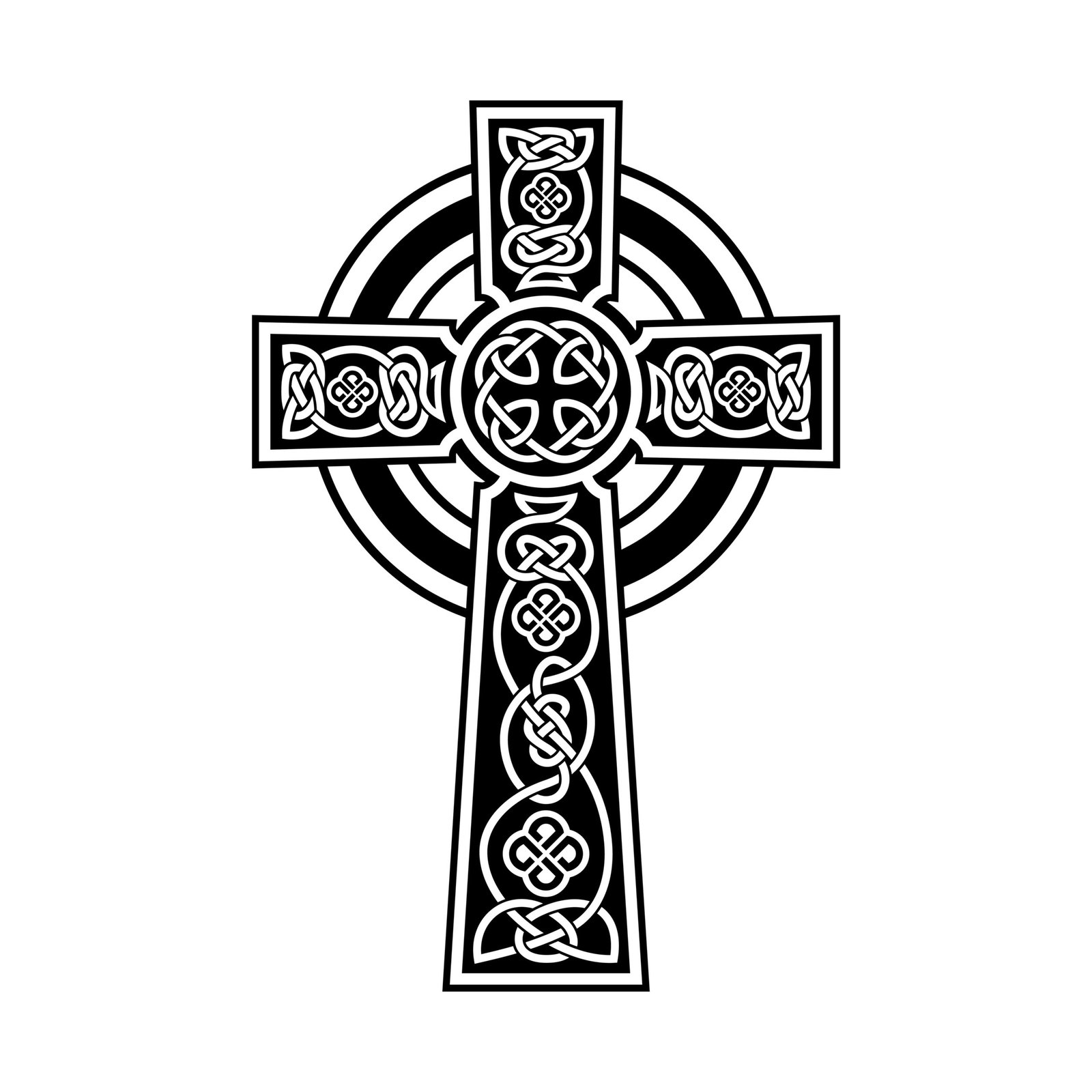
According to legend, St. Patrick combined the pagan symbol of the circle—representing the worship of the sun and the moon—with the Christian cross, using it as a way to invite the ancient Celts into Christianity. Other accounts suggest that the circle represents God’s endless love. The Celtic cross became especially popular during the Gaelic Revival of the 19th century.
The Trinity Knot
Also known as the triquetra, the trinity knot appears in several ancient traditions, but is especially associated with Ireland. Most specifically, it was found in the Book of Kells manuscript dated to approximately 800 AD. Some scholars suggest that the three interlocking knots represent the holy trinity in Christianity.
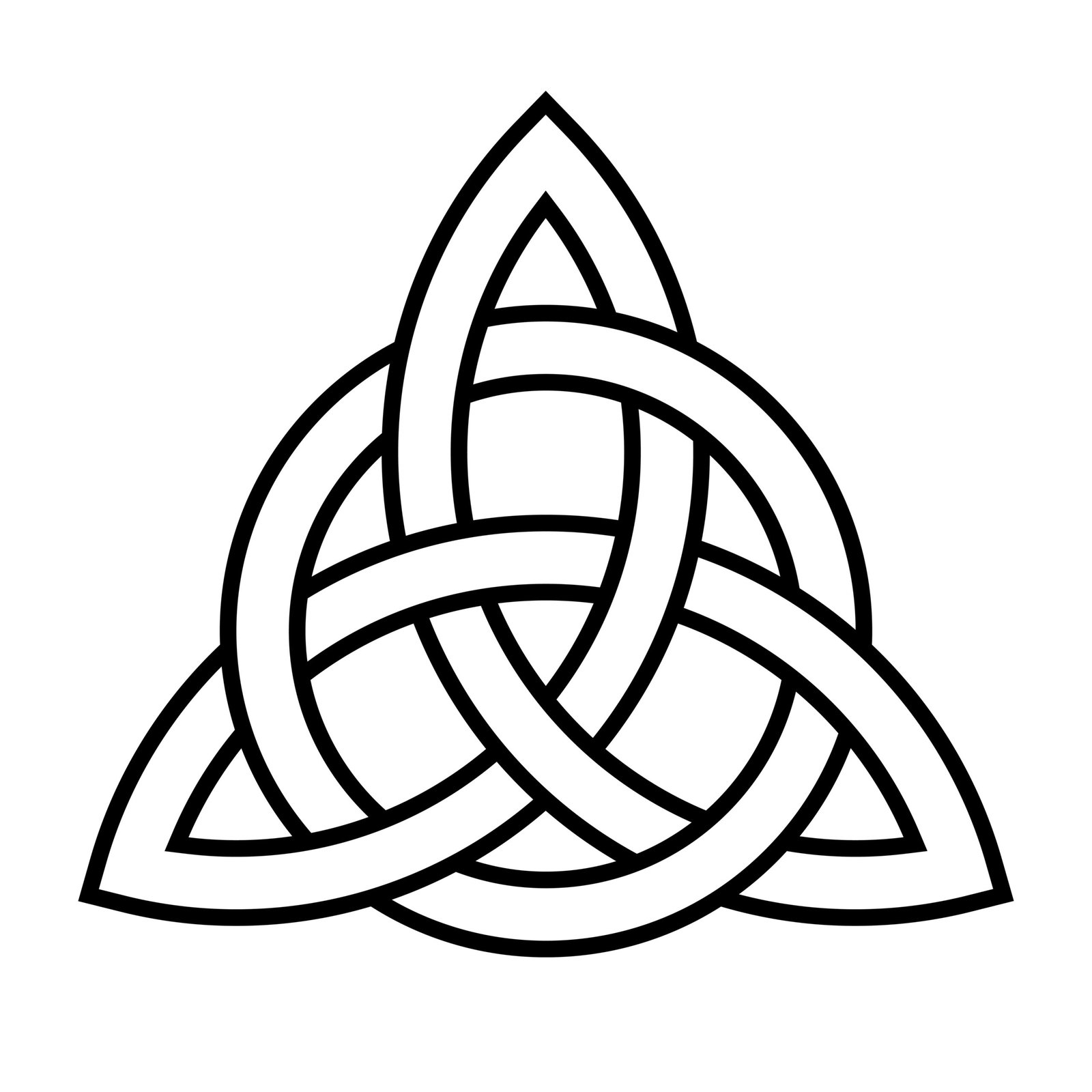
The Harp

From government letterhead to the Samuel Beckett Bridge in Dublin, the harp (‘an chláirseach’) is very much a symbol of modern life in Ireland. In Ancient Ireland, chieftains often had harpists in their service, and the instrument remained a part of Irish culture throughout the centuries. Its image has appeared on everything from 16th century coins printed in Ireland to the logo of the Guinness company.
The Shamrock
According to legend, St. Patrick used the shamrock to explain the holy trinity to his followers. (Note that a shamrock only has three leaves, as opposed to the four-leaf clover, which is meant to be lucky.) The shamrock has been a symbol particularly associated with St. Patrick’s Day. Note that the Irish word for ‘the shamrock’ is ‘an tseamróg’.
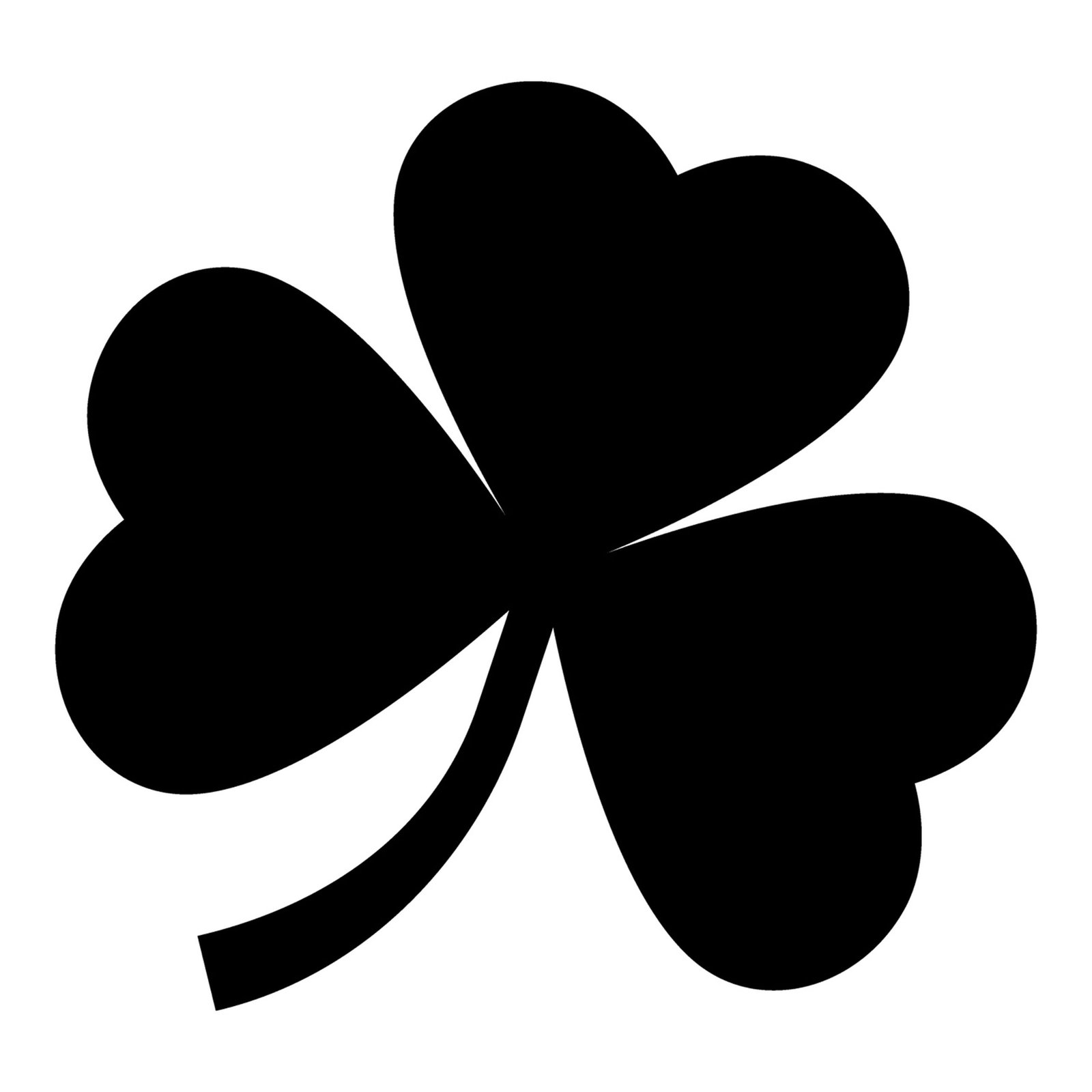
The Celtic Tree of Life
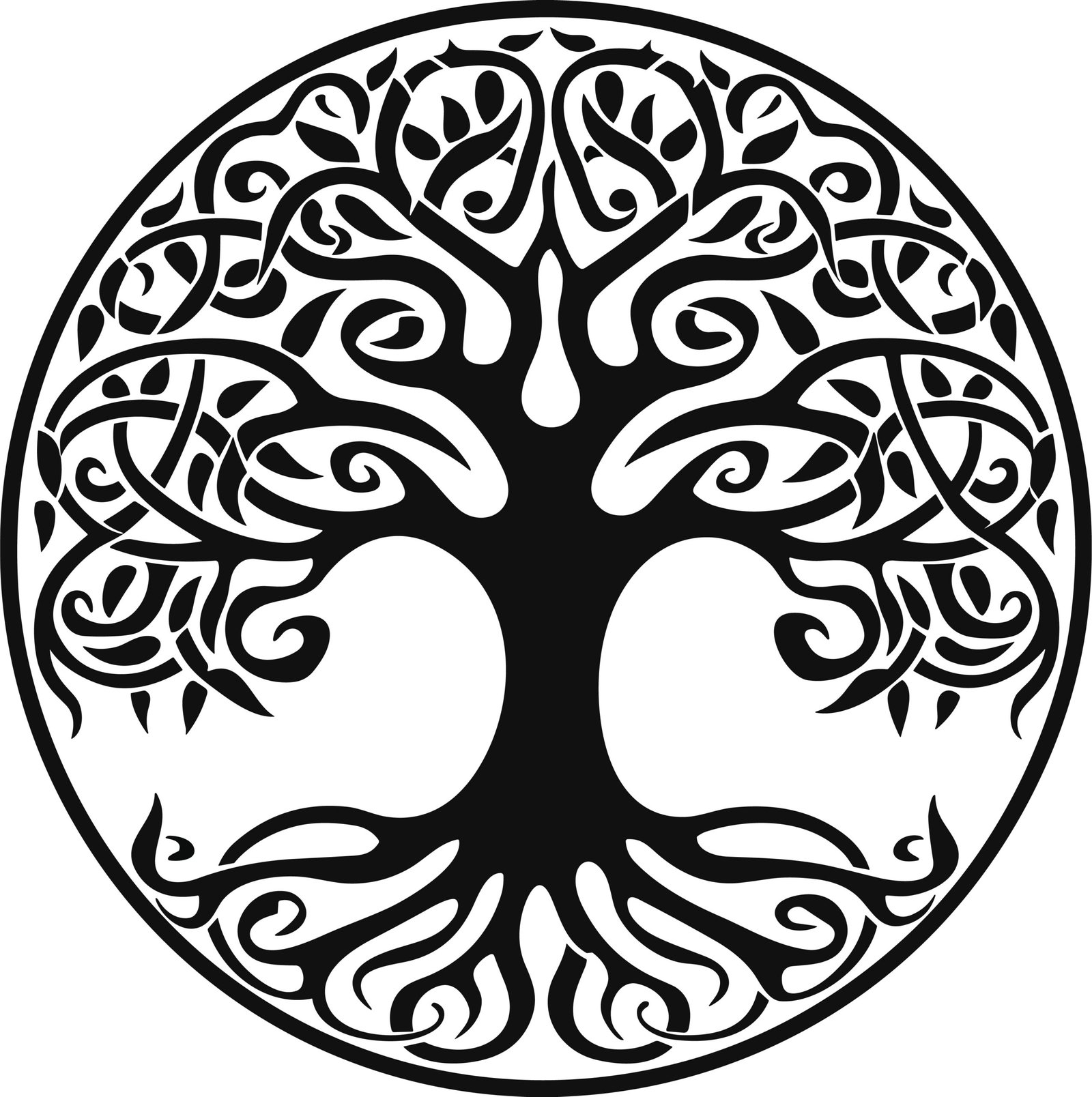
Known as Crann Bethadh in Irish, one of the defining aspects of the Celtic Tree of Life is that it typically looks the same (or at least similar) when turned upside down. The Celts believed trees to be sacred, with the Celtic Tree representing the close connection between the earth and the unearthly realm.
Getting a Gaelic tattoo is a great way to celebrate a connection to Ireland and what the country means to you. Before taking that step, nonetheless, it is important to make sure that you’ll always be happy with the words, phrases or imagery that you’ll put on your body. This includes due diligence, being certain that all translations are not only correct, but the most authentic expression possible. However, once you find the right tattoo, it can be a beautiful atriculation of what qualities of the Irish culture you particularly value.

Join the online Irish community – beidh fáilte romhat!
Take a Course, join a Comhrá session or attend a Ceardlann.
For more, follow us @LetsLearnIrish – bígí páirteach!

